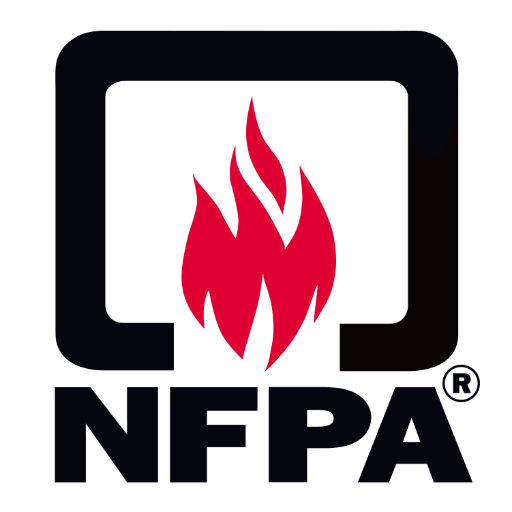NFPA 96 STANDARDS
8-3 CLEANING
Hoods, grease removal devices, fans, ducts, and other appurtenances shall be cleaned to bare metal at frequent intervals prior to surfaces becoming heavily contaminated with grease or oily sludge. After the exhaust system is cleaned to bare metal, it shall not be coated with powder or other substance. The entire exhaust system shall be inspected by a properly trained, qualified, and certified company or person(s) acceptable to the authority having jurisdiction in accordance with Table 8-3.1.
Table 8-3.1. EXHAUST CLEANING INSPECTION SCHEDULE:
| TYPE OR VOLUME OF COOKING FREQUENCY | FREQUENCY |
|---|---|
| Systems serving solid fuel cooking operations | Monthly |
| Systems serving high volume cooking operations such as: 24 hour cooking, charbroiling, or wok cooking | Quarterly |
| Systems serving moderate-volume cooking operations | Semiannually |
| Systems serving low volume cooking operations such as: churches, day camps, seasonal businesses, or senior centers | Annually |
